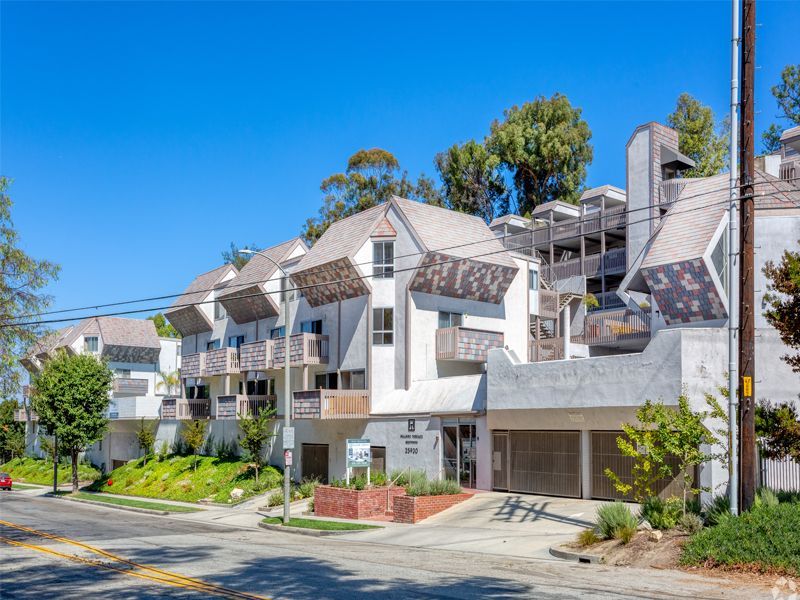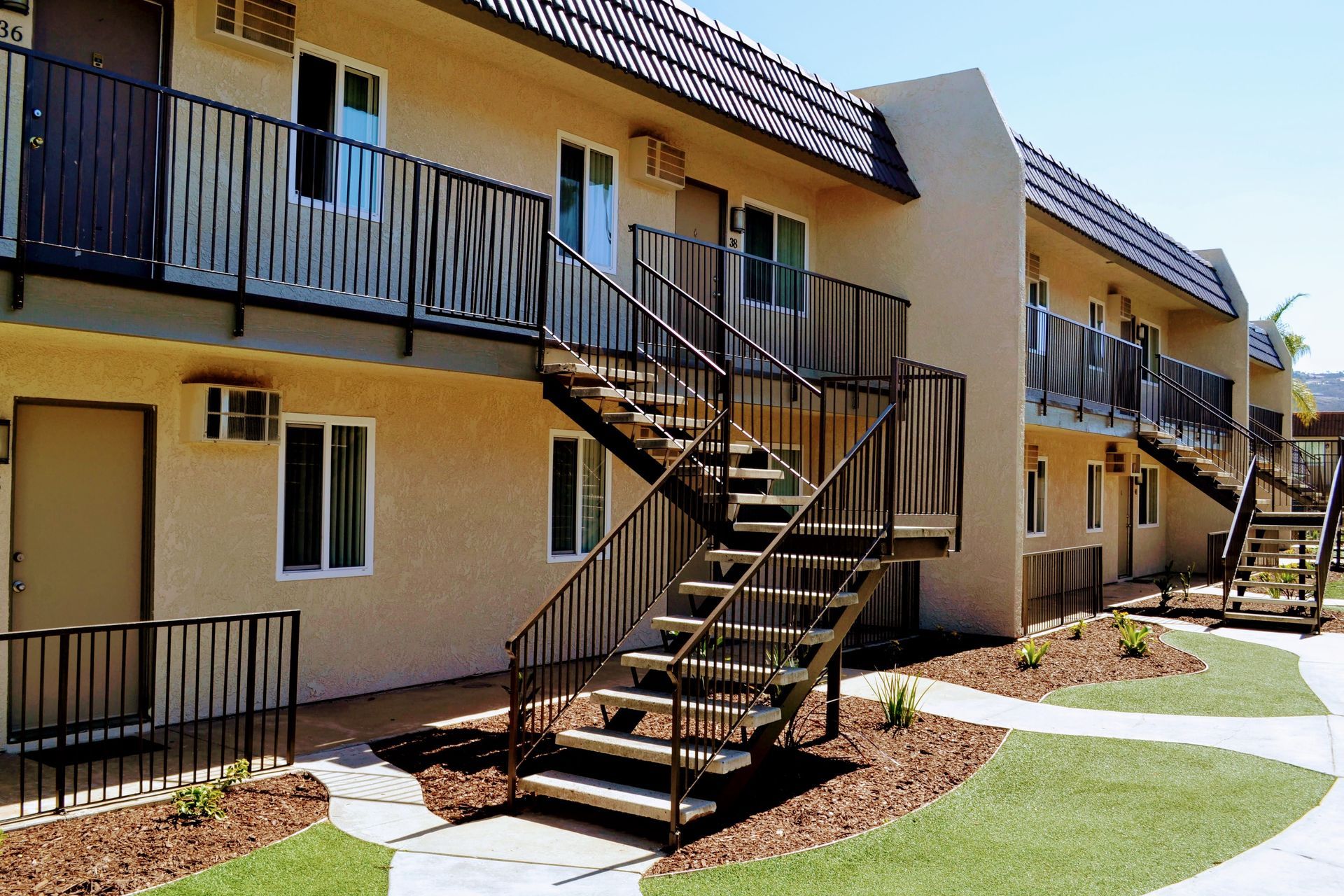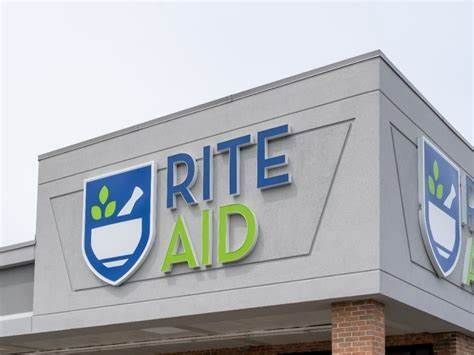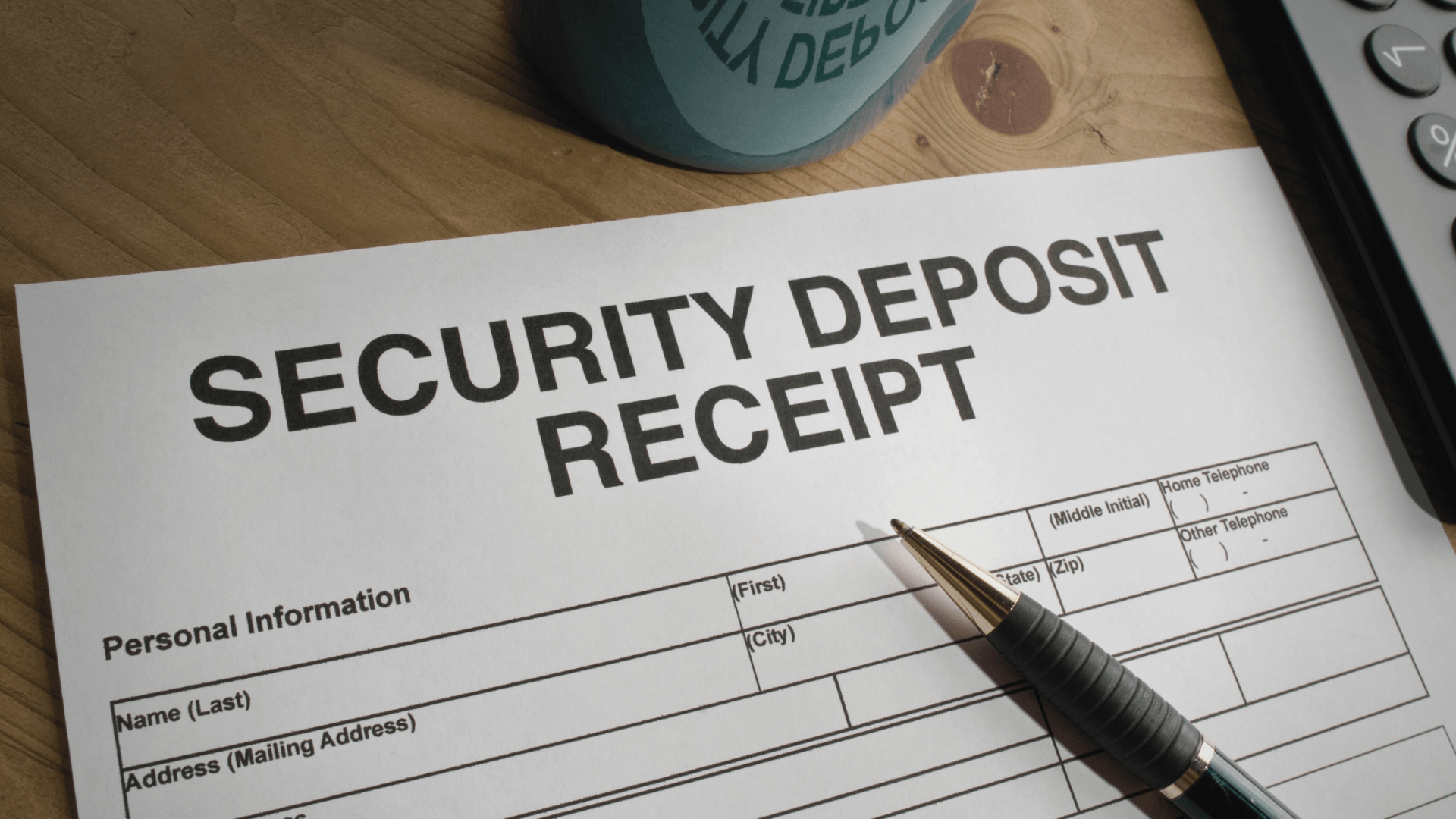California Rent Relief Program
It has been about 2 years since the pandemic started and many landlords and tenants still find themselves in a precarious situation. On one hand, more people have been vaccinated and have adapted to the changing rhythm of life, both at home and in the workplace. This has helped to make it possible for many to continue supporting themselves and their families while staying safe and healthy.
On the other hand, mental and emotional fatigue from the virus has meant that people are venturing out more, socializing in larger groups, and trying to live life as normally as possible. Combine that with the proliferation of variants and you create the conditions to see spikes of sickness and hospitalization.
For landlords in Southern California, this ongoing situation has meant that tenants who have not had any issues thus far, might suddenly be falling behind on rent and seeking assistance. It is for this reason that you want to make sure that you are familiar with the basics of the California rent relief program, as well as any updates for the new year.
Just before we begin, we should note that the information in this article should not be taken as legal advice. All of this information can be found on the directly State’s rent relief website and, depending on where your property is located, there may be additional information on your local area’s rent relief website as well. We will give you a great starting point here but consult with your attorney before deciding on any legal action.
BASIC INFO (WHAT IS THE RENT RELIEF PROGRAM?)
Let's do a brief rundown of the California COVID-19 Rent Relief program and how it works. Basically, financial assistance is available to landlords and renters who need help with unpaid rent, future rent, and utility bills. The program will backpay missed rent payments going all the way back to April 2020 or (if your tenant is only just starting to hit rockier times now) up to 18 months of future rent.
To do this, the state of California received approximately $5 billion to fund the rent portion of this program, plus an additional $2 billion just for the portion to cover utility bills1. As of January 2022, the US Treasury also approved an additional $68.7 million to be sent California’s way.
The overarching goal is to help tenants that have been directly affected by COVID-19 to cover their rent and utility bills, as well as provide support and stability to landlords trying to maintain their property, all until the funding runs out.
WHO IS ELIGIBLE FOR RENT RELIEF?
California tenants can receive assistance if COVID-19 has caused any of the following: someone in their household has experienced a reduction or loss of income, incurred a significant expense or other financial hardship, or they’ve qualified for unemployment benefits as of April 1, 2020. Also, their combined household income should not exceed 80% of the median income for the local area.
In the City of Long Beach, for example, this means that the household income for a family of four should be no greater than $90,100 per year2. Also note that priority assistance is typically given to applicants with lower incomes, who have been unemployed for a longer period of time, or who are at the greatest risk of eviction.
While all of this is very much centered around the tenant, the application process can actually be started by the tenant or the landlord; If your tenant is just starting to fall behind on rent or has been trying to make up for missed payments stemming back from April of 2020, you can go online and initiate the process for them. Of course, the system will still need to verify that the tenant can meet the criteria for the program, so once you submit the landlord’s portion of the application, the system will send an email to the tenant asking them to start their portion and provide any necessary documentation. If the tenant applies first, the system should contact you or your property manager.
HOW TO APPLY FOR RENT RELIEF?
Now let’s talk about how to go about getting all of this set up. The first step is to go to the program’s website at housingiskey.com. This serves as the main hub for the entire program, but it may direct you to a specific website that was made for your local area. Somewhere on the page, you should find a button that says, "Apply Now.” Once you click that, it will guide you through the process of uploading any necessary documents, such as your lease agreement, a W9 form, and a rent statement showing the tenant’s unpaid amount.
Once your application is complete, you will be assigned a case manager. Watch for emails or phone calls from them and be sure to respond right away so that your application does not stall. Around the same time, they will be contacting the tenant to have them fill out their portion of the application. It is a good idea for you to immediately start coordinating with the tenant, sharing with them the case worker’s contact info, and making sure that they apply as soon as possible.
The “housing is key” website even has a template for you to use, which you can view, here. From there, just continue to check the status of your applications through the website, by emailing or calling your case manager, or by calling the 1-800-number between 7 am – 7 pm.
WHY IT IS IMPORTANT
All of this is important because tenants continue to have special eviction protections under state law. In fact, landlords are required to apply for the Rent Relief program before they can proceed with an eviction lawsuit against a tenant. You can, however, issue a 3-Day Notice to Pay or Quit, but as of October 1, 2021, the tenant can delay or prevent an eviction if they do one of the following:
- They apply for the Rent Relief program within 15 business days of receiving either your 3-Day Notice or a notice from the case worker stating that a landlord application has been submitted...OR
- Within 5 days of receiving your notice, the tenant simply tells you that they intend to apply (or have applied) to the program4. The State’s website has a letter template for tenants to use when giving this reply in writing.
If both parties submit a completed application, the courts will not issue a summons until the program makes a determination on it. Because the statewide eviction moratorium ended in the second half of 2021, if the tenant does not submit a completed application within 15 days or the program deems them ineligible to receive funds, the court will be able to proceed with an eviction lawsuit.
Your local area might have its own eviction protections still in place, so do your research through your local rent relief program’s website as well. As a landlord, it’s important that you go through all the necessary steps to make sure you’re protecting yourself!
CONCLUSION
We have looked at some basics of the rent relief program, who is eligible for it, how to get started, and why it is important to be familiar with it as a landlord or property manager. There is still a lot of uncertainty hanging in the air, of course, and at some point, the funding for this program will run out.
Also, as many have already experienced, wait-times to move through the application process and receive payments can be an issue. But it is important to remember that these are unprecedented times, and this is a global pandemic, so at the end of the day, all of us are just trying to keep life running as smoothly, as safely, and as responsibly as possible.
As a professional property management company and a fiduciary to our clients, Coastline Equity’s job during this time is to take care of the homes and communities that our tenants live in and, as a result of that, stabilize and maintain the real estate investments for our clients.
Property Management Made Easy
Contact Us - Contact Page
We will get back to you as soon as possible
Please try again later
Los Angeles
1411 W. 190th St.,
Suite 225
Los Angeles, CA 90248
Temecula
41743 Enterprise Circle N.,
Suite 207
Temecula, CA 92590

P.O. BOX #1489
TORRANCE, CA 90505








